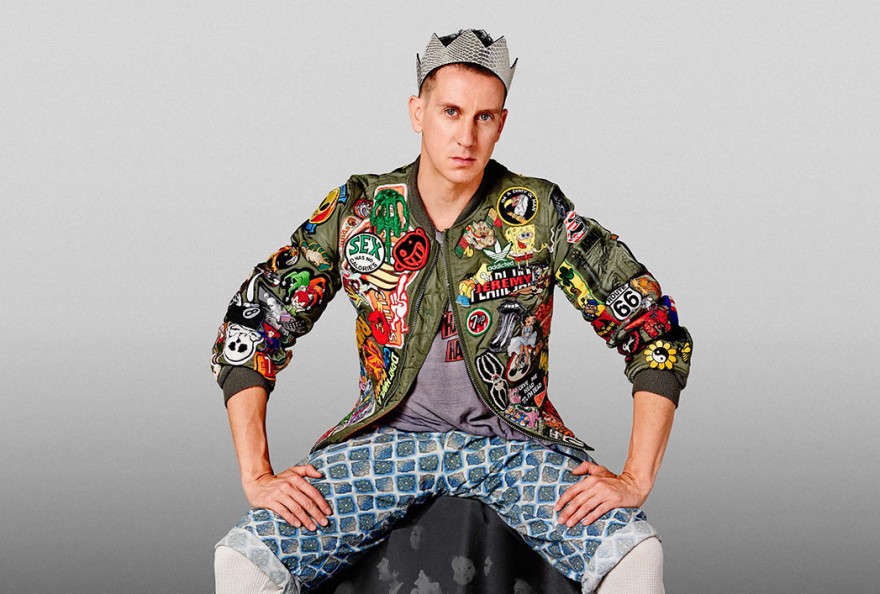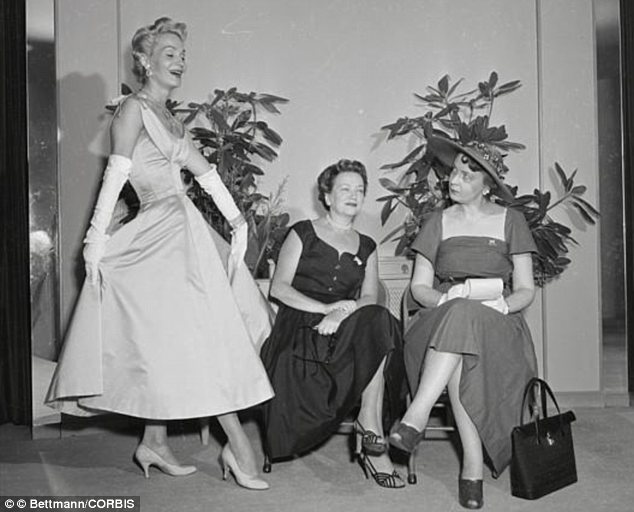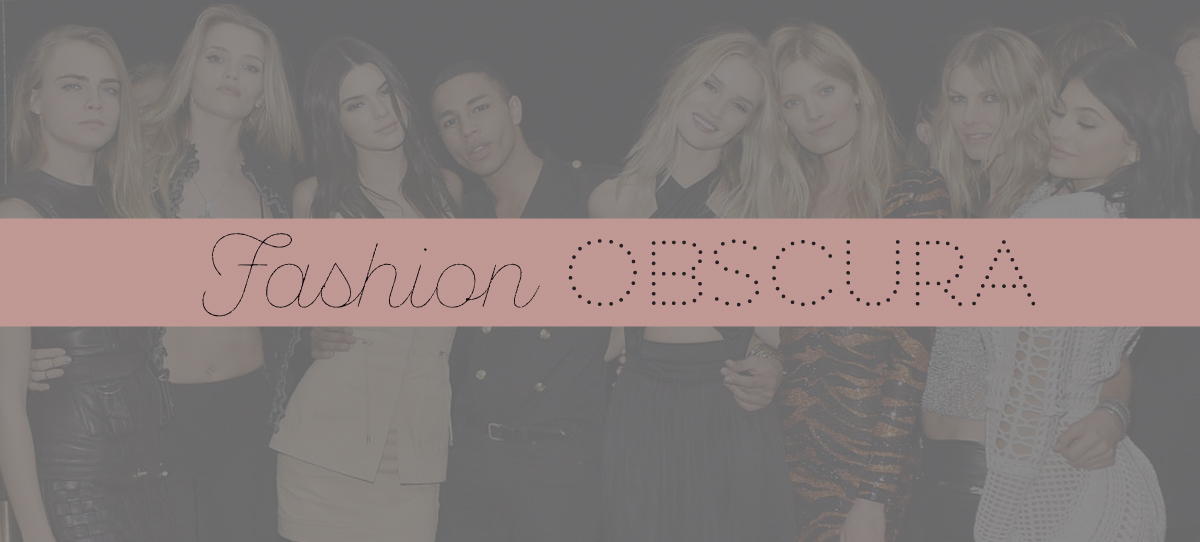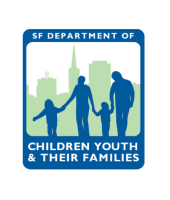As most articles have criticized lately, fashion shows today have increasingly become over the top and with many more moving pieces, although much more accessible. I recently looked up the Wikipedia page describing the definition of a fashion show and as to be expected, they were described in the most Wikipedia-way possible. The page explained a fashion show as a very technical entity: “In a typical fashion show, models walk the catwalk dressed in the clothing created by the designer. The clothing is illuminated on the runway by the fashion show lighting. The order in which each model walks out wearing a specific outfit is usually planned in accordance with the statement that the designer wants to make about his or her collection. It is then up to the audience to not only try to understand what the designer is trying to say by the way the collection is being presented, but to also visually deconstruct each outfit and try to appreciate the detail and craftsmanship of every single piece.” While technically, all of this is true, it fails to describe any of the nuances that fashion shows truly can give us. Even more than that, what struck me was the contrast between this definition and what the fashion show has evolved into. Though I was not alive for most of this era, fashion shows used to be a far simpler production, and today require so many different elements that it’s almost comical to simplify the definition of something that has become such a circus, whether or not this is a good thing. Here, I’ve done my best to break down the elements (other than the clothes, which are a given) of a fashion show in today’s world, in a three part series.
The People
Designers: Designers like Jeremy Scott and Olivier Rousteing have become public figures in their own right, no longer just the vision behind the beautiful clothes on the runway, though this is an important part of their job. Scott, for example, recently signed up with a talent and fashion agency to boost his image and improve his exposure.

Models: Fashion models of the 1940s and 1950s were much more approachable characters in the fashion show, often interacting with their small audiences and even flashing an occasional smile (shocking). Today, the approachability has been entirely done away with and replaced with an elusiveness that only makes me people that much more interested. Designers pick up on popular models and often prefer certain girls to close their shows. One such relationship is that of Donatella Versace and Gigi Hadid, which is very much publicized on social media, but does a great job of creating buzz around the fashion show and maintaining interest.

Publicists: Personally, I think the publicists have the hardest job. Not only do they have to corral the models, create the seating charts, find the perfect location and music, and much, much, much more, they also help to coordinate the press and make sure that the show is widely publicized. Publicists, too, have become celebrities, becoming published authors and starring in reality shows like Kell on Earth.
Celebrities/bloggers: The celebrities and bloggers are often at the center of the media buzz around the shows themselves, even though they have had little to do with the production of them. Sixty years ago, it was rare to see any celebrity gracing a fashion show with their presence, but today, they saturate most shows with their front row appearances. Many people catch wind of shows through celebrity appearances, which benefits the brand for obvious reasons.






